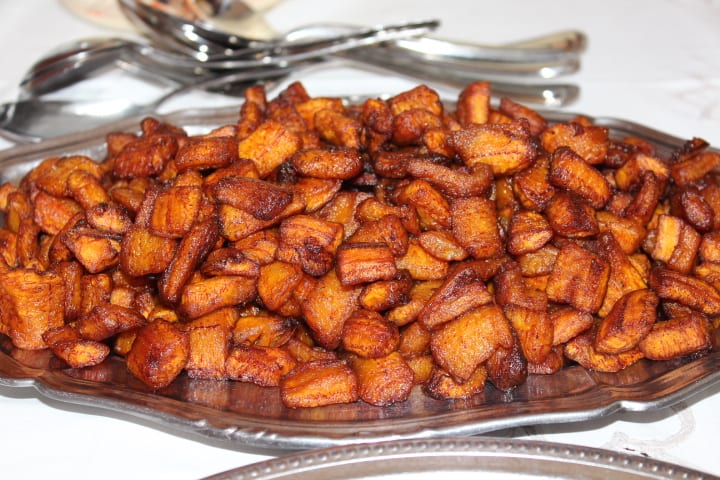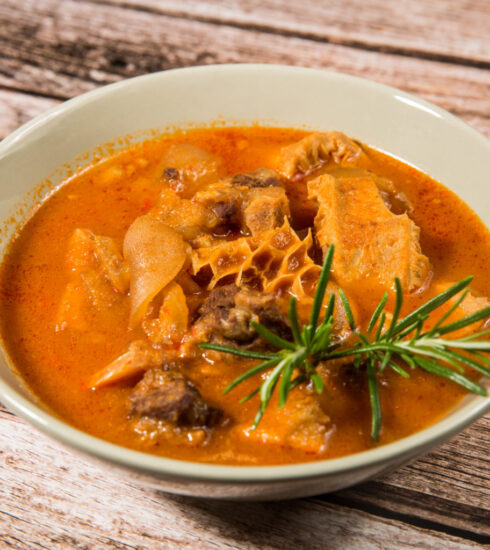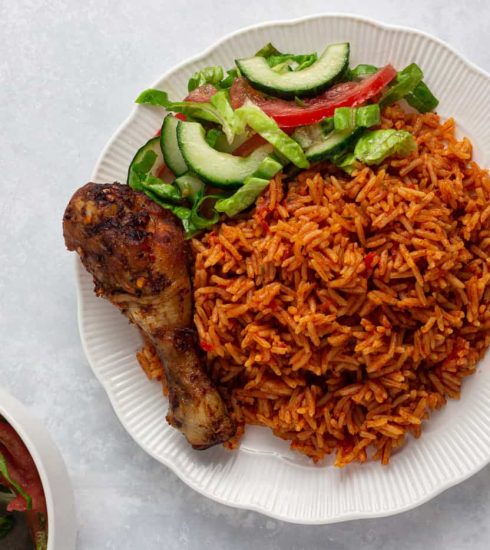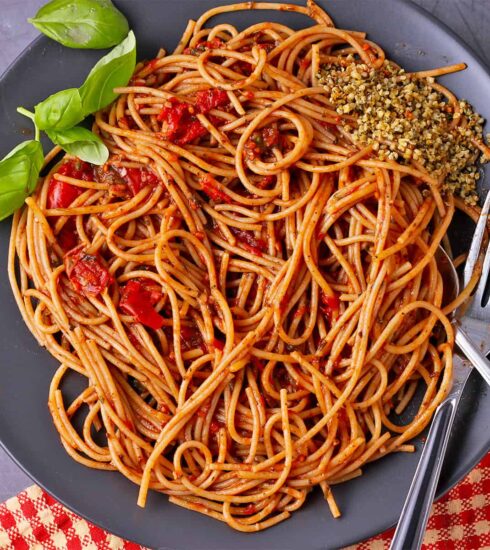Street-Style Kelewele: A Guide to Ghana’s Iconic Spicy Plantain
Kelewele is a beloved Ghanaian street food that captures the soul of the country’s vibrant flavours and spice-laden culture. This iconic dish of seasoned, fried plantains is renowned for its tantalizing sweet and spicy kick, served up in countless street-side stalls and local joints. Whether it’s enjoyed as a snack, a side dish, or the main event, Kelewele represents a delicious cultural experience, with its roots deep in Ghana’s history and culinary traditions.
In this article, we’ll dive into everything you need to know about Kelewele, from its ingredients and preparation to the unique role it plays in Ghanaian street food culture. Get ready to savor the taste of Ghana with this guide to street-style Kelewele!
Kelewele is a Ghanaian snack made from ripe plantains seasoned with a bold blend of spices. The plantains are cut into bite-sized pieces, seasoned, and then deep-fried to crispy perfection, creating an irresistible texture that’s soft on the inside with a slightly crispy exterior. Kelewele is mostly served with groundnuts (peanuts) which is typically eaten as a street food snack, but it can also be served as a side with rice dishes or grilled meats.
With its rich combination of sweet and spicy flavors, Kelewele is a perfect reflection of Ghanaian cooking, which often incorporates tropical sweetness, heat, and a medley of spices that make it unique.
The Key Ingredients
The ingredients of Kelewele are simple but potent. Here’s a breakdown of what goes into creating that signature Kelewele taste:
- Ripe Plantains: Plantains are the star of this dish, preferably ripe ones that add natural sweetness to contrast the spices. Choose plantains with dark yellow skin flecked with black spots, indicating they’re at peak ripeness.
- Spice Mix: The seasoning is what makes Kelewele unique, and every Ghanaian has their twist on it! The basic mix includes ginger, garlic, cayenne or fresh chili, onion, and salt. Sometimes, cloves, nutmeg, or cinnamon are added for depth and warmth.
- Oil for Frying: Vegetable oil is mostly used to fry the plantains.
Preparing Kelewele
Making Kelewele is simple but requires attention to detail in cutting, seasoning, and frying.

1. Cutting the Plantains: Begin by peeling the ripe plantains and slicing them into small cubes or diagonal chunks. This bite-sized cut helps them cook evenly and makes them easier to eat on the go.
2. Seasoning the Plantains: Mix the spices—ginger, garlic, salt, cayenne or fresh chili, and any additional seasonings—in a blender until they form a smooth paste. Toss the plantains in this mixture, ensuring each piece is well-coated. This marinade allows the flavors to seep in, intensifying the plantain’s flavor profile.
3. Frying the Plantains: Heat oil in a deep pan and add the plantains in small batches. Fry until they’re golden brown with a slight crisp on the outside. This should take about 5–8 minutes per batch. Drain on paper towels to remove excess oil.
Where to Find Kelewele in Ghana
Kelewele is an omnipresent snack found across Ghana, from Accra’s bustling streets to the quieter towns. Street vendors selling Kelewele are especially popular near bus stations, markets, and public squares. You’ll often see vendors preparing it on the spot, frying it in large pans while the tantalizing aroma fills the air. Some well-known Kelewele spots include Osu Night Market in Accra and roadside stalls across Kumasi and Tema.
For many Ghanaians, Kelewele is not just food—it’s part of a shared experience. It’s a dish that invites socializing, connecting people over spicy, crunchy bites while catching up on the day’s news.







